Formula C6H14O6 Density 1.49 g/cm³ Boiling point 296 °C | Molar mass 182.17 g/mol Melting point 95 °C | |
 | ||
Appearance White crystalline powder IUPAC ID (2S,3R,4R,5R)-Hexane-1,2,3,4,5,6-hexol | ||
Biochemistry help sorbitol polyol
Sorbitol (/ˈsɔərbᵻˌtɒl/), less commonly known as glucitol (/ˈɡluːsᵻˌtɒl/), is a sugar alcohol with a sweet taste which the human body metabolizes slowly. It can be obtained by reduction of glucose, changing the aldehyde group to a hydroxyl group. Most sorbitol is made from corn syrup, but it is also found in apples, pears, peaches, and prunes. It is converted to fructose by sorbitol-6-phosphate 2-dehydrogenase. Sorbitol is an isomer of mannitol, another sugar alcohol; the two differ only in the orientation of the hydroxyl group on carbon 2. While similar, the two sugar alcohols have very different sources in nature, melting points, and uses.
Contents
- Biochemistry help sorbitol polyol
- Sorbitol meaning
- Sweetener
- Laxative
- Medical applications
- Health care food and cosmetic uses
- Miscellaneous uses
- Medical importance
- Adverse medical effects
- Overdose effects
- Compendial status
- References
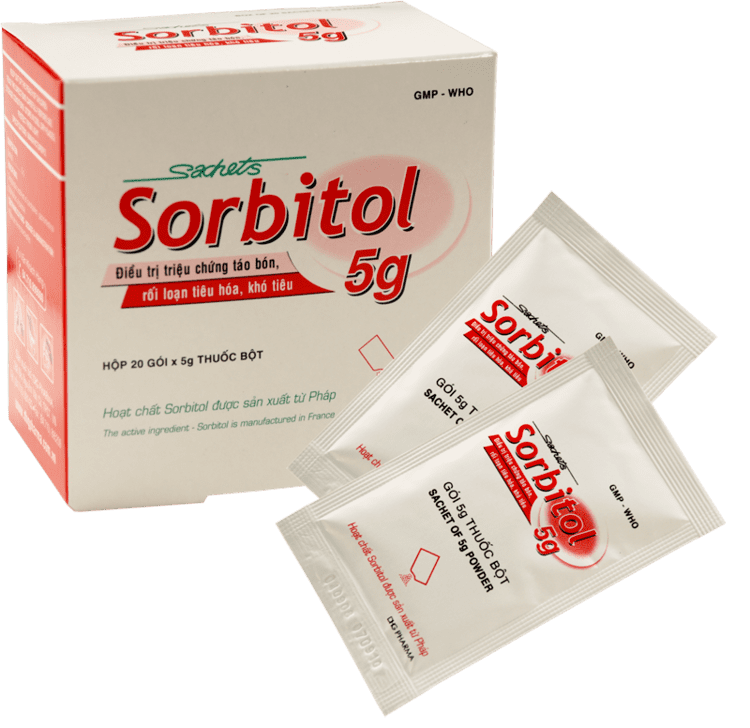
Sorbitol meaning
Sweetener
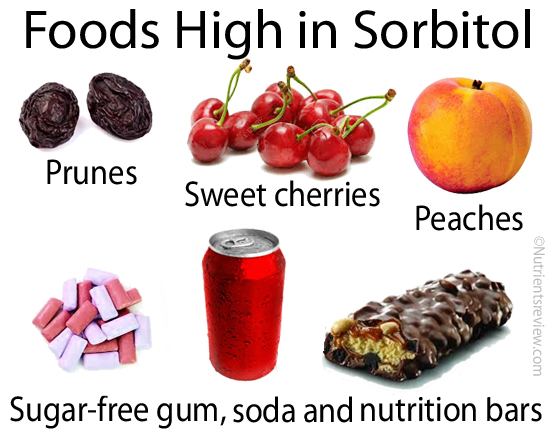
Sorbitol is a sugar substitute. It may be listed under the inactive ingredients listed for some foods and products. Its INS number and E number is 420. Sorbitol has approximately 60% the sweetness of sucrose (table sugar).

Sorbitol is referred to as a nutritive sweetener because it provides dietary energy: 2.6 kilocalories (11 kilojoules) per gram versus the average 4 kilocalories (17 kilojoules) for carbohydrates. It is often used in diet foods (including diet drinks and ice cream), mints, cough syrups, and sugar-free chewing gum.
It also occurs naturally in many stone fruits and berries from trees of the genus Sorbus.
Laxative

Sorbitol can be used as a laxative via an oral suspension or enema. As with other sugar alcohols, gastrointestinal distress may result when food products that contain sorbitol are consumed. Sorbitol exerts its laxative effect by drawing water into the large intestine, thereby stimulating bowel movements. Sorbitol has been determined safe for use by the elderly, although it is not recommended without consultation with a clinician. Sorbitol is found in some dried fruits and may contribute to the laxative effects of prunes. Sorbitol was discovered initially in the fresh juice of mountain ash (Sorbus aucuparia) berries in 1872. It is found in the fruits of apples, plums, pears, cherries, dates, peaches, and apricots.
Medical applications
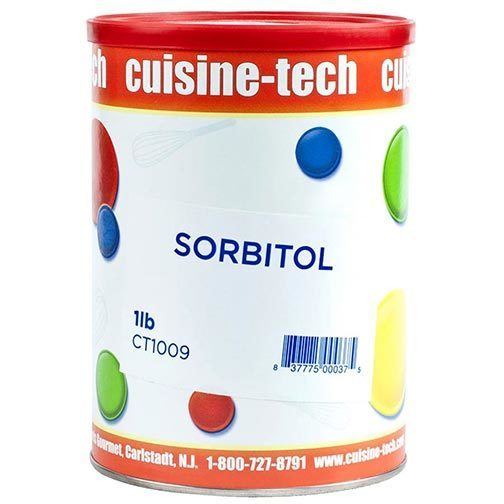
Sorbitol is used in bacterial culture media to distinguish the pathogenic Escherichia coli O157:H7 from most other strains of E. coli, as it is usually incapable of fermenting sorbitol, but 93% of known E. coli strains are capable of doing so.
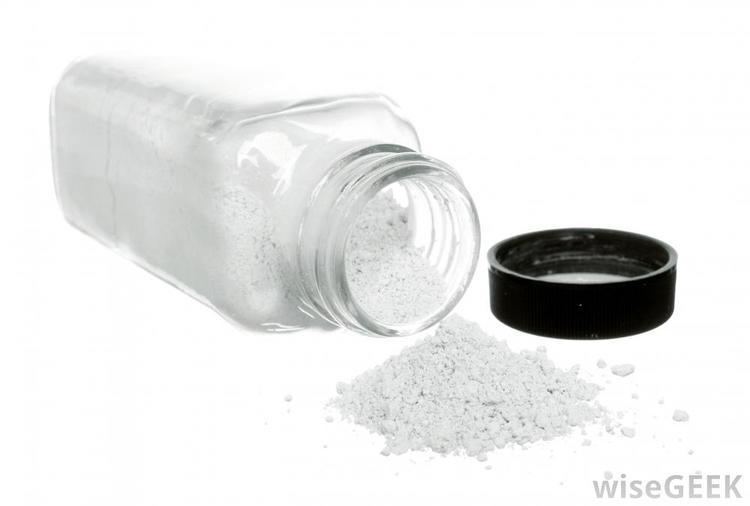
A treatment using sorbitol and ion-exchange resin sodium polystyrene sulfonate (tradename Kayexalate), helps remove excess potassium ions when in a hyperkalaemic state. The resin exchanges sodium ions for potassium ions in the bowel, while sorbitol helps to eliminate it. In 2010 the U.S. FDA issued a warning of increased risk for GI necrosis with this combination.
Sorbitol is also used in the manufacture of softgels to store single doses of liquid medicines.
Health care, food, and cosmetic uses

Sorbitol often is used in modern cosmetics as a humectant and thickener. Sorbitol often is used in mouthwash and toothpaste. Some transparent gels can be made only with sorbitol, as it has a refractive index sufficiently high for transparent formulations.
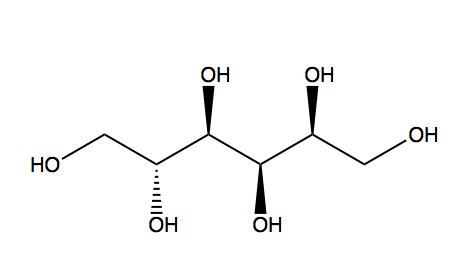
Sorbitol is used as a cryoprotectant additive (mixed with sucrose and sodium polyphosphates) in the manufacture of surimi, a processed fish paste. It is also used as a humectant in some cigarettes.
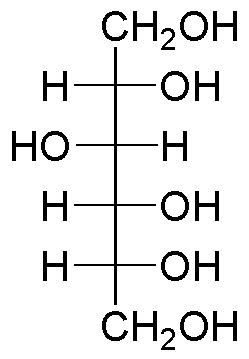
Sorbitol sometimes is used as a sweetener and humectant in cookies and other foods that are not identified as "dietary" items.
Miscellaneous uses
A mixture of sorbitol and potassium nitrate has found some success as an amateur solid rocket fuel.
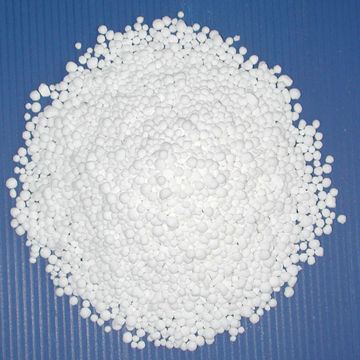
Sorbitol is identified as a potential key chemical intermediate for production of fuels from biomass resources. Carbohydrate fractions in biomass such as cellulose undergo sequential hydrolysis and hydrogenation in the presence of metal catalysts to produce sorbitol. Complete reduction of sorbitol opens the way to alkanes, such as hexane, which can be used as a biofuel. Hydrogen required for this reaction can be produced by aqueous phase reforming of sorbitol.
19 C6H14O6 → 13 C6H14 + 36 CO2 + 42 H2OThe above chemical reaction is exothermic; 1.5 moles of sorbitol generate approximately 1 mole of hexane. When hydrogen is co-fed, no carbon dioxide is produced.
Sorbitol based polyols are used in the production of polyurethane foam for the construction industry.
It is also added after electroporation of yeasts in transformation protocols, allowing the cells to recover by raising the osmolarity of the medium.
Medical importance
Aldose reductase is the first enzyme in the sorbitol-aldose reductase pathway responsible for the reduction of glucose to sorbitol, as well as the reduction of galactose to galactitol. Too much sorbitol trapped in retinal cells, the cells of the lens, and the Schwann cells that myelinate peripheral nerves can damage these cells, leading to retinopathy, cataracts and peripheral neuropathy, respectively. Aldose reductase inhibitors, which are substances that prevent or slow the action of aldose reductase, are currently being investigated as a way to prevent or delay these complications, which frequently occur in the setting of long-term hyperglycemia that accompanies poorly controlled diabetes. It is thought that these agents may help to prevent the accumulation of intracellular sorbitol that leads to cellular damage in diabetics.
Adverse medical effects
People with untreated celiac disease often present sorbitol malabsorption, as a result of the small bowel damage. Sorbitol malabsorption is an important cause for persisting symptoms in patients already on a gluten-free diet. It has been suggested that sorbitol hydrogen breath test is a useful tool to detect celiac disease because of a strict correlation between cut-off value and intestinal lesions. Nevertheless, its use to diagnosis in clinical practice is not recommended by the Rome Consensus Conference on "Methodology and indications of H2-breath testing in gastrointestinal diseases" and may be indicated for research purpose.
It has been noted that the sorbitol added to sodium polystyrene sulfonate (SPS, used in the treatment of hyperkalemia) can cause complications in the GI tract, including bleeding, perforated colonic ulcers, ischemic colitis and colonic necrosis, particularly in patients with uremia. The authors of the paper in question cite a study on rats (both non-uremic and uremic) in which all uremic rats died on a sorbitol enema regimen, whilst uremic rats on non-sorbitol regimens – even with SPS included – showed no signs of colonic damage. In humans, it is suggested that the risk factors for sorbitol-induced damage include "... immunosuppression, hypovolemia, postoperative setting, hypotension after hemodialysis, and peripheral vascular disease." They conclude that SPS-sorbitol should be used with caution, and that "Physicians need to be aware of SPS-sorbitol GI side effects while managing hyperkalemia."
Overdose effects
Ingesting large amounts of sorbitol can lead to abdominal pain, flatulence, and mild to severe diarrhea. Sorbitol ingestion of 20 grams (0.7 oz) per day as sugar-free gum has led to severe diarrhea leading to unintended weight loss of 11 kg (24 lb; 1 st 10 lb) in eight months, in a woman originally weighing 52 kg (115 lb; 8 st 3 lb); another patient required hospitalization after habitually consuming 30 grams (1 oz) per day.
In early studies, a dose of 25g of sorbitol, eaten through the day, produced a laxation effect in only 5% of individuals.
